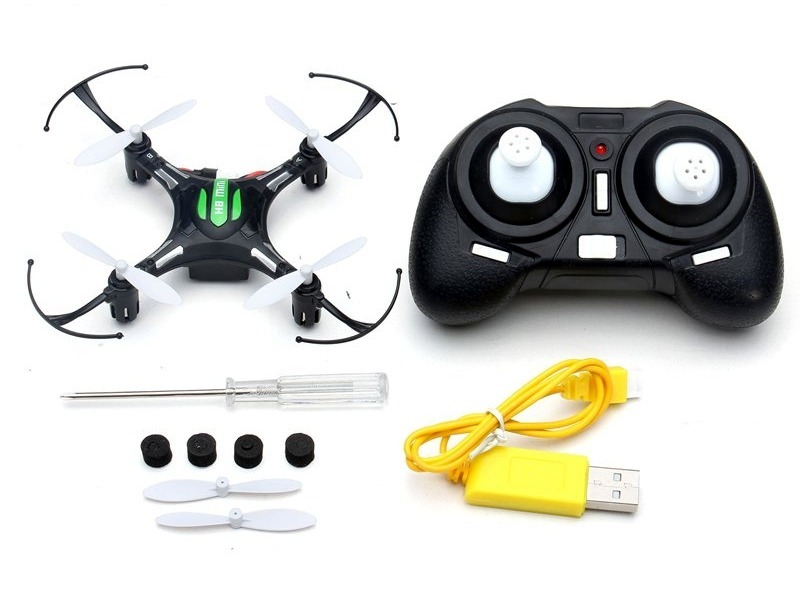What are the 4 basic flight modes?

The four basic flight modes are: altitude hold, attitude hold, heading hold, and navigation. Each of these modes is used to control the aircraft in different ways, and each has its own advantages and disadvantages.
Altitude hold is the most basic flight mode and is used to maintain a constant altitude. This mode is used for most low altitude flights, such as takeoffs and landings. In this mode, the aircraft will maintain its altitude even if the pilot inputs a change in pitch or roll. This mode has the advantage of being simple to use and understand, but it can be difficult to maintain a consistent altitude, as the aircraft can drift off course due to wind or other atmospheric conditions.
Attitude hold is similar to altitude hold but is used when the aircraft is operating at higher altitudes. In this mode, the aircraft will maintain a constant attitude, which is the angle of the aircraft relative to the horizon. This mode is used for more complex maneuvers such as aerobatics and can be used to keep the aircraft in a specific attitude while the pilot makes other changes. The advantage of this mode is that it allows for more precise control of the aircraft, but it can be difficult to maintain a consistent attitude.
Heading hold is used when the aircraft is operating at higher altitudes and the pilot wants to maintain a specific course. In this mode, the aircraft will maintain the same heading, or direction, even if the pilot inputs a change in pitch or roll. This mode is useful for long-distance flights, as it allows the aircraft to stay on course even if there is wind or other atmospheric conditions. The advantage of this mode is that it allows for more precise control, but it can be difficult to maintain a consistent heading if the conditions are changing.
Navigation is the most complex of the four basic flight modes and is used when the aircraft is operating at higher altitudes and needs to navigate a specific route. In this mode, the aircraft will follow a pre-programmed route, even if the pilot inputs a change in pitch or roll. This mode is useful for long-distance flights and can be used to keep the aircraft on course even if there is wind or other atmospheric conditions. The advantage of this mode is that it allows for more precise control and navigation, but it can be difficult to maintain a consistent route if the conditions are changing.
In summary, the four basic flight modes are altitude hold, attitude hold, heading hold, and navigation. Each of these modes has its own advantages and disadvantages, and each is used in different situations. Altitude hold is used for low altitude flights, attitude hold is used for more complex maneuvers, heading hold is used for long-distance flights, and navigation is used for long-distance flights with a specific route.
Comments / Question
2. Altitude Hold Mode: Monitor the altitude of the drone to ensure it is not too close to any obstacles or people.
3. Return-to-Home Mode: Ensure that the drone has enough battery life to complete the return-to-home journey and that the drone is not flying in restricted airspace.
4. Automatic Takeoff/Landing Mode: Ensure that the drone is not in the path of any moving objects or people and that the takeoff/landing area is clear.
2. Improved Control: The four basic flight modes allow pilots to control their drone more precisely. This can help pilots to fly their drone more efficiently and accurately.
3. Increased Versatility: The four basic flight modes can be used for a variety of purposes, such as photography, search and rescue, and surveying.
4. Enhanced Autopilot: The four basic flight modes allow pilots to use the autopilot feature more effectively. This helps to reduce the risk of pilot error and makes flying a drone easier and more enjoyable.
2. Altitude Hold Mode: This mode is used to keep the drone at a constant altitude, allowing the pilot to focus on other aspects of the flight.
3. Position Hold Mode: This mode is used to keep the drone in a fixed position in the air, allowing the pilot to focus on other aspects of the flight.
4. Return to Home Mode: This mode is used to return the drone to its home point. This mode is used when the drone is out of range or has lost communication with the pilot.
2. Climb Mode: Provides a safe and efficient profile to reach the cruise altitude.
3. Cruise Mode: The aircraft maintains a consistent airspeed and altitude to cover the majority of the journey.
4. Descent Mode: The aircraft descends safely at a preset rate and returns to the airport for landing.

